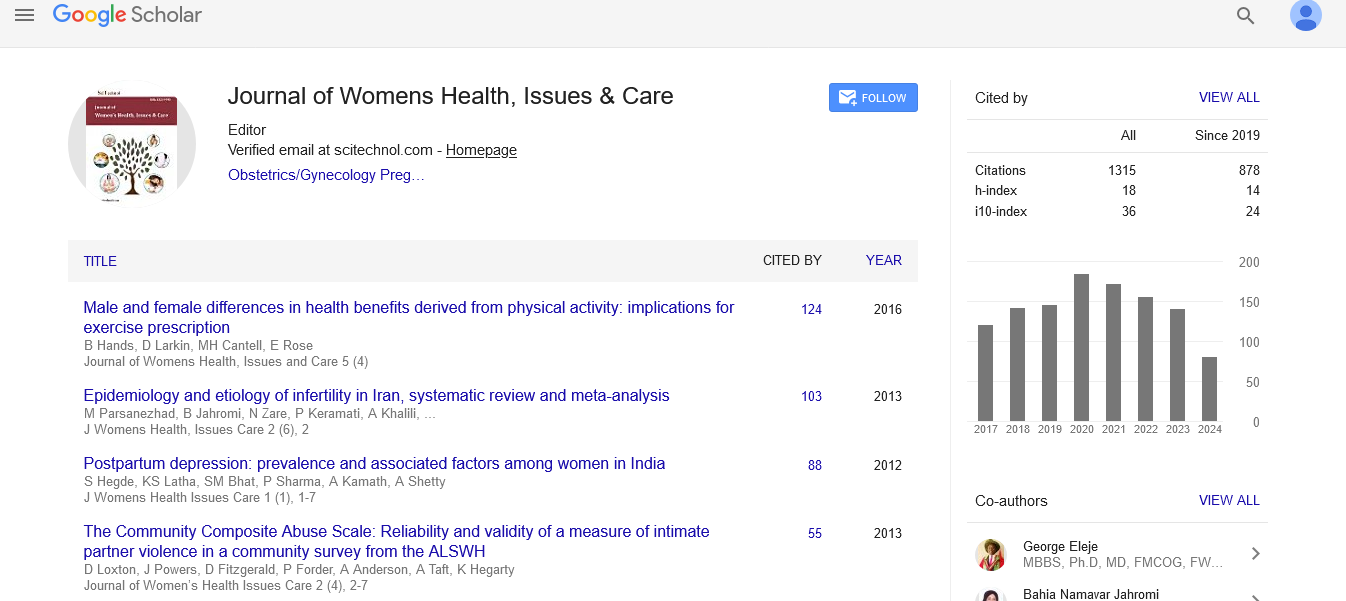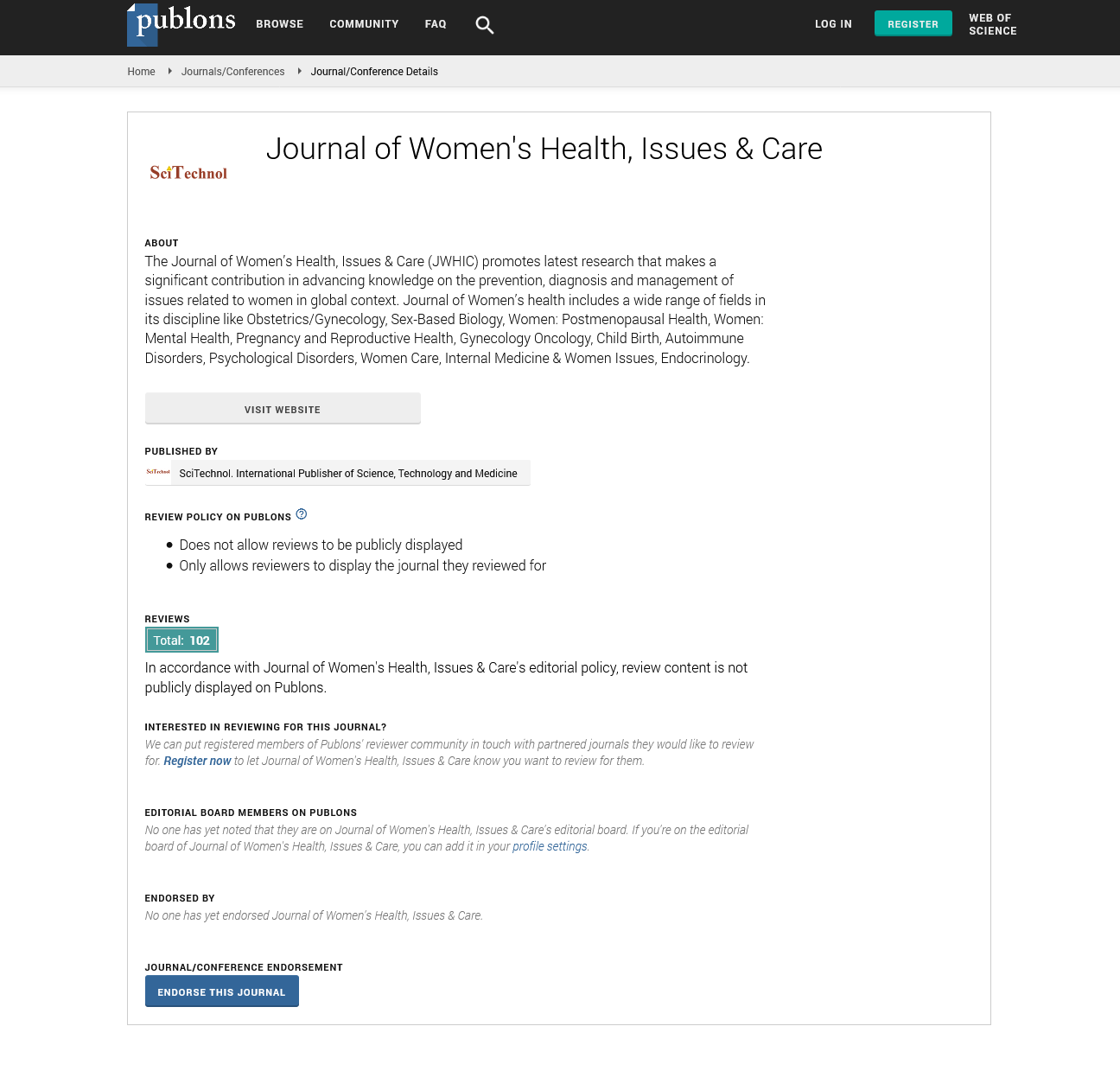Research Article, J Womens Health Issues Care Vol: 4 Issue: 5
Maternal Body Mass Index and Weight Gain in Relation to Low Birth Weight: A Study from Eastern Thailand
| Panya Sananpanichkul1* and Sinitdhorn Rujirabanjerd2 | |
| 1Department of Obstetrics and Gynecology, Phrapokklao Hospital, Chanthaburi, Thailand | |
| 2Department of Pathology, Faculty of Medicine, Prince of Songkhla University, Songkhla, Thailand | |
| Corresponding author : Panya Sananpanichkul Department of Obstetrics and Gynecology, Phrapokklao Hospital, Chanthaburi, Thailand Tel: 6681-862-3992 E-mail: panysanan@yahoo.com |
|
| Received: June 21, 2015 Accepted: October 01, 2015 Published: October 04, 2015 | |
| Citation: Sananpanichkul P, Rujirabanjerd S (2015) Maternal Body Mass Index and Weight Gain in Relation to Low Birth Weight: A Study from Eastern Thailand. J Womens Health, Issues Care 4:5. doi:10.4172/2325-9795.1000204 |
Abstract
Maternal Body Mass Index and Weight Gain in Relation to Low Birth Weight: A Study from Eastern Thailand
Introduction: This retrospective study aimed to determine the association of maternal factors and low birth weight newborns at Phrapokklao hospital. Material and Methods: We recruited 1,968 pregnant women delivering babies after 34 weeks of gestation during January 1, 2013 to June 30, 2013. Data collected included fetal weight, maternal age, parity, gestational age, prepregnancy weight, body mass index (BMI), weight gained during pregnancy, hematocrit, place of residence, maternal HIV infection and completion of antenatal care visits. Results: Fifty eight percent of the women had a normal BMI and 65.7% were between 20-34 years old. Pregnancy weight gain categorized by BMI showed that the percent of women in the under, normal, and over-normal ranges were 37.0%, 33.3% and 29.7% respectively. Maternal prepregnancy BMI did not associated with low birth weight newborns (LBWN) or small for gestational (SGA) newborn. Nulliparity and low gestational weight gain was 1.8 and 3.5 times greater risk (adjusted OR 1.814, 95%CI 1.232- 2.671, p-value=0.003 and adjusted OR 3.477, 95%CI 2.132-5.668, p-value=0.001 respectively) of having a LBWN. While low weight gain pregnant women had 6.3 more risks (adjusted OR 6.325, 95%CI 1.437-27.836, p-value = 0.015) of having SGA newborn, it showed protective effect for LGA newborn. The results between using IOM 1990 and 2009 recommendations remained the same irrespective of the different guideline used. Conclusion: Nulliparity and low gestational weight gain were all directly associated with LBWN while low maternal BMI and low gestational weight gain showed protective effect for LGA newborn.




